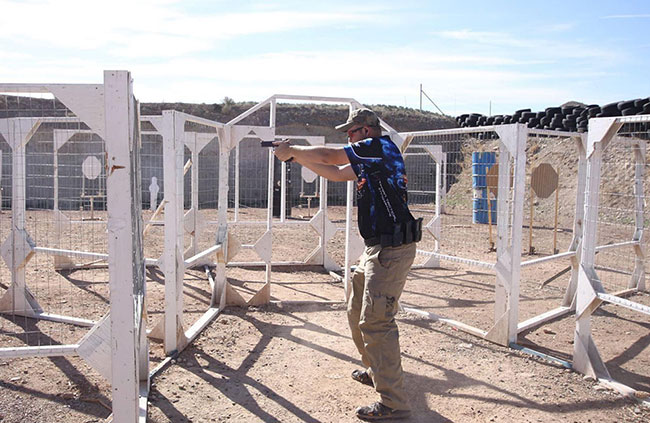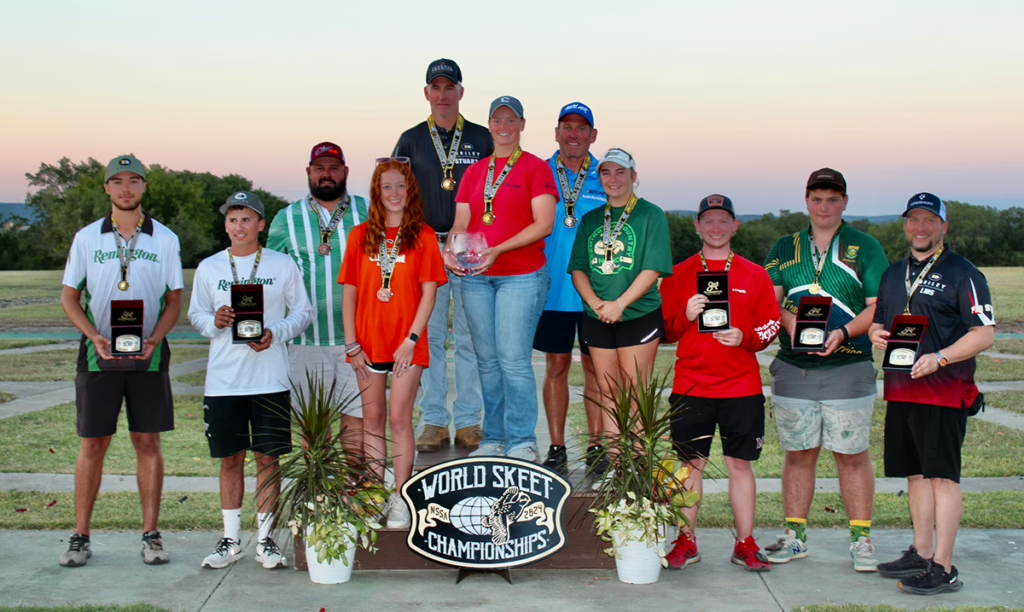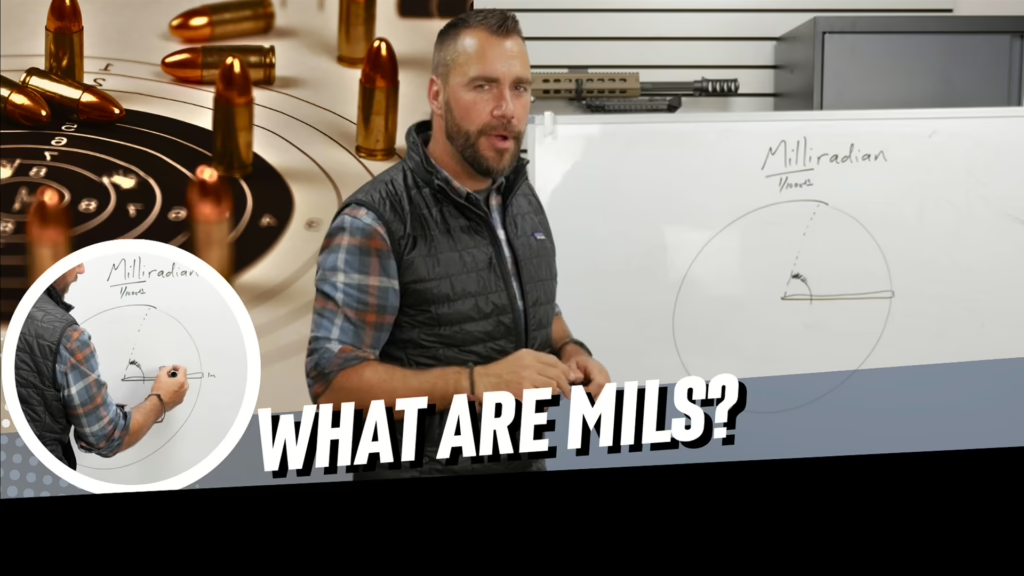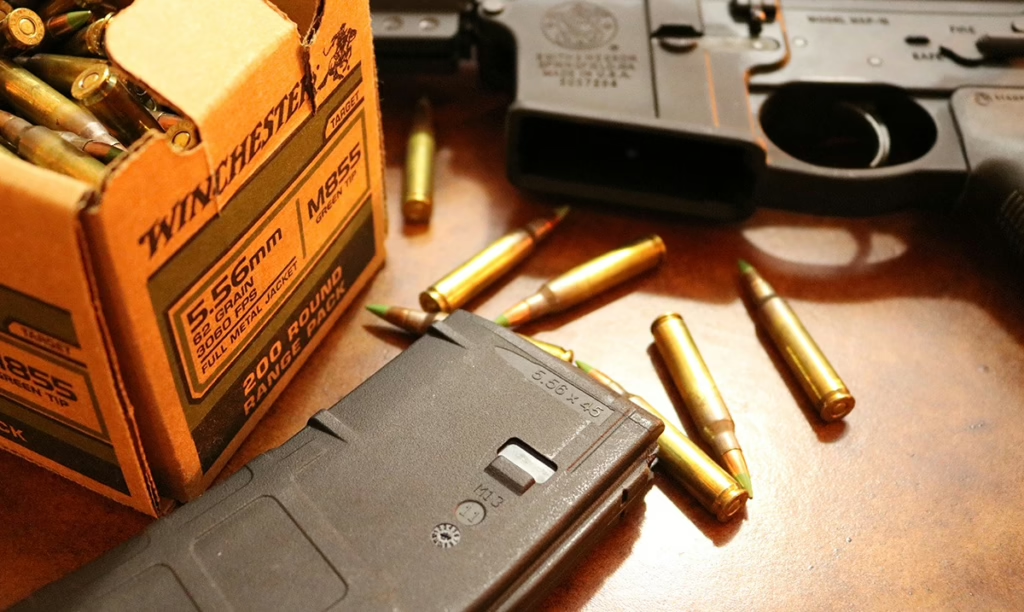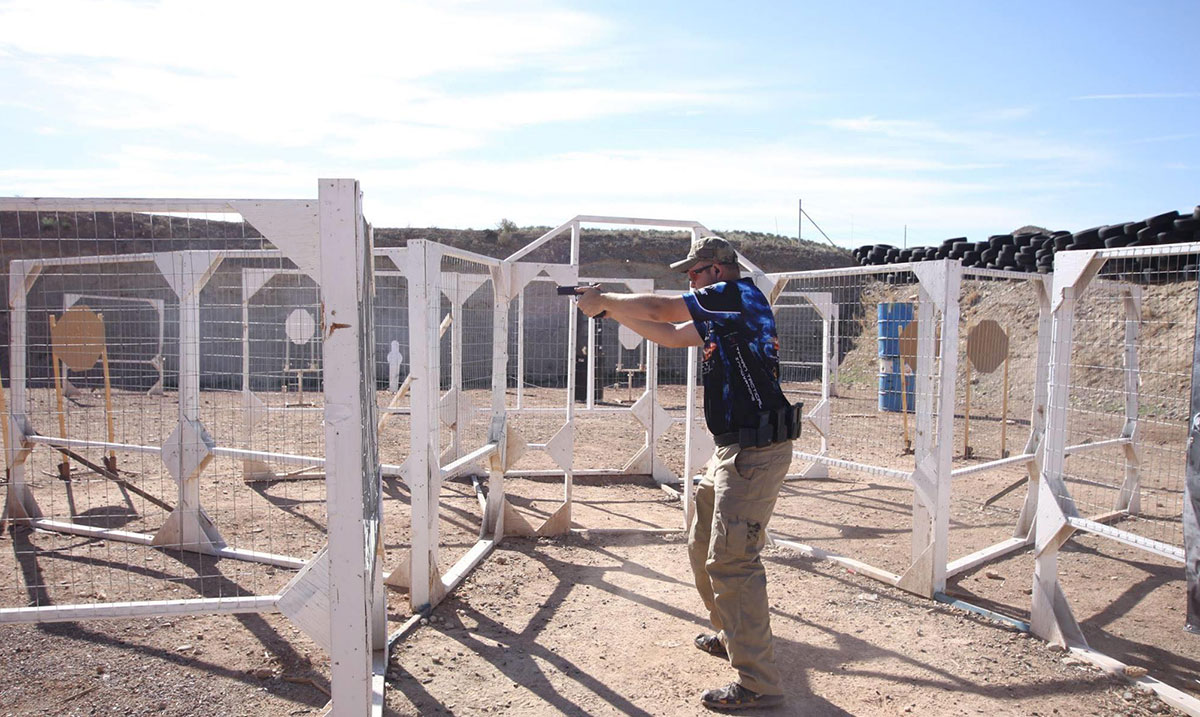
By: Serena Juchnowski
Everyone starts somewhere. For me it was with BB guns, then with an Uberti .22. Though many people have a similar story, each person must find where their passion lies — whether it is with all types of firearms, specific models or within a certain type of competition. Although some may collect firearms or only enjoy plinking, those who decide to undertake a shooting discipline have more factors to consider.
Some people spend their entire lives shooting the same type of firearm they started out with. While it is important to know how to use all three main types of firearms safely, it can be difficult and time-consuming to attain high levels of proficiency with each of them. In some cases, the choice is made for you — with what you have in your gun safe or what you are able to borrow. In others, you have the opportunity to decide what you are most comfortable shooting, what you enjoy shooting the most and what distances and ranges you have access to shoot at.
Once you choose the type of firearm you want to compete with — the field of options can still be overwhelming. Do you prefer iron sights or optics? Short or long ranges? Moving or stationary targets? Perhaps the next most important consideration is equipment. Some disciplines have lower barriers to entry and costs than others.
There is no one discipline that is the “easiest” to get into. Much depends on what you already have, what resources are in your area and what your interests are. As a general rule, disciplines using .22 LR ammunition (smallbore, pistol, NRL .22, etc.) are designed to have a low barrier to entry due to the prevalence of .22 ammunition. Not everyone has a full reloading station at their disposal, or the desire to work at it. Shotgun sports like trap can be shot with nearly any shotgun, though ammunition can get expensive.
Popular Competitive Shooting Disciplines
Though this is not an exhaustive list nor summary of rules and qualifications, here are some of the most popular competitive shooting disciplines.
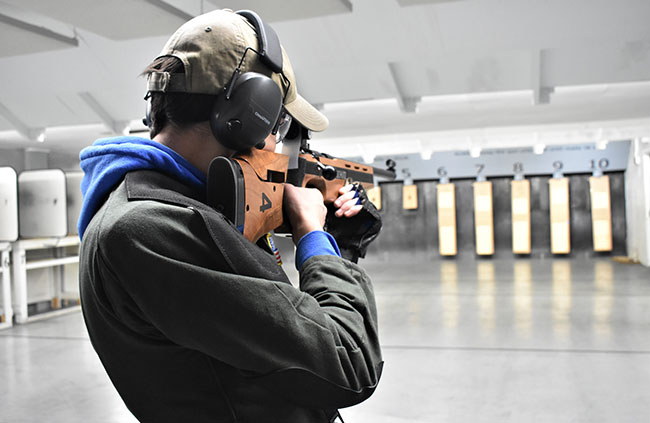
Smallbore is a popular discipline among junior rifle programs as it can be fired indoors and outdoors and has endless opportunities for advancement. Skills learned shooting smallbore apply to all rifle disciplines.
Smallbore is a discipline in which shooters fire a .22 caliber rifle from the standing, kneeling and prone positions or the standing, kneeling, sitting and prone positions. Indoor and outdoor distances for smallbore range from 50 feet to 100 yards. Supported positions use a sling. It is a popular discipline among junior clubs and introductory shooters, with the opportunity to advance into collegiate-level competitions and at the highest to the Olympics.
Air rifle is traditionally shot from the standing position only but can also be fired from positions as in smallbore. Air rifle and smallbore programs tend to go together, as they are both collegiate and Olympic events, but air rifles are not technically classified as firearms which can make such competitions more feasible in certain areas.
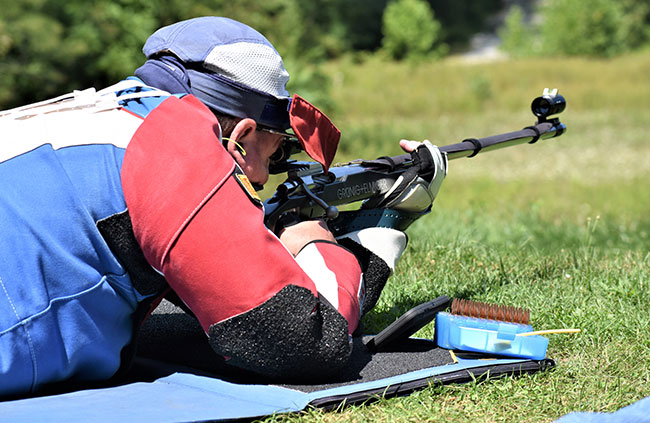
Kevin Nevius is a National Champion in smallbore and Palma shooting. Skills learned in both translate between the two disciplines.
High power service rifle combines aspects of long-range shooting with the positions found in smallbore, but on a much larger, outside range. Most shooters compete with an AR-15, but vintage rifles such as the M1 Garand also fall into this category. Competitors fire from the standing and sitting positions at 200 yards and from the prone position at 300 and 600 yards. High power also includes two rapid fire stages. Palma is often the next step for high power shooters at peak performance, and can almost be thought of as long-range smallbore but with a .223 or .308 at 800, 900 and 1000 yards. Learn more about high power rifle competitions.
These are some of the most popular rifle disciplines, but all require a significant amount of equipment, including a shooting coat. Silhouette, benchrest shooting and competitions run by the National Rifle League/Precision Rifle Series have their own expenses as well but do not require shooting jackets or other specific attire.
For simplicity, pistol disciplines can be divided into conventional pistol and action pistol. Though there exist many different types of matches, each stage of a conventional (or bull’s-eye) pistol match is shot from a standard distance from one location, with an emphasis on trigger control, concentration and accuracy. Proficiency in conventional pistol can translate to better scores in action pistol matches (IDPA, USPSA) in which the competitor is moving through a course of targets.
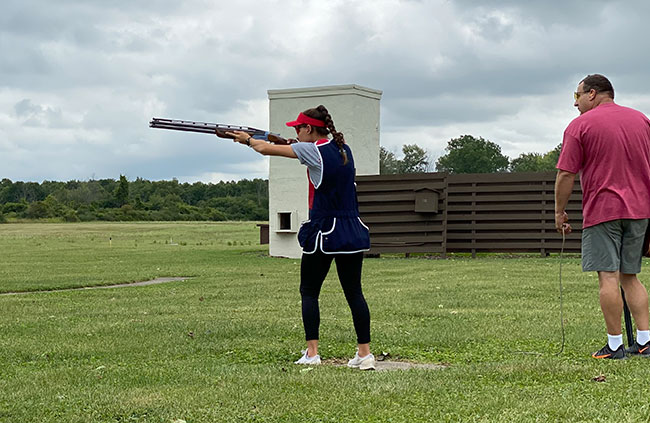
Shotgun sports like trap and skeet are prevalent throughout the country. Here Amy Cawley shoots skeet at Rochester Brooks Gun Club in New York. Photo Credit: Kim Cawley
Trap and skeet are undoubtedly the most well-recognized of the shotgun shooting sports, and the starting point for nearly all shotgun shooters. The difference in these sports, which were originally designed to mimic bird hunting, is that trap uses one machine to throw clays away from the shooter, whereas skeet uses two machines to throw clays from the left and right. Learn more about the Shotgun sports here.
For those who cannot decide on a discipline or who love multiple types of guns, disciplines such as 3-gun, cowboy action and steel challenge incorporate different types of firearms into their competitions. All of these competitions are based on speed and incorporate movement to engage multiple targets rather than a single one as in smallbore or high-power rifle.
Getting Started
Much of transitioning to a new discipline mirrors choosing one in the first place. Before jumping in to any new discipline, contact a local range and talk to the match director(s) to observe a competition. Most times, there is no such thing as observing a match — rent some equipment and jump right in! Many people are more than willing to help prospective new members of their sport, ensuring a positive first experience without the heavy costs associated with some types of shooting.
When you decide to try something new, you may not have most of the equipment you need. If moving from one rifle discipline to another, like smallbore to high power, you can in most cases reuse your coat, mat, glove and sling, at least to start. Moving from smallbore to bull’s-eye pistol, for example, would require an entirely different set of equipment. Even if you think you have everything, as you progress you may discover that what you started with is holding you back.
For example, starting with a rifle that does not fit you will seem to work as you learn the basics. Scores and performance will plateau as your skills have reached the level your equipment allows them to. This happens not only with firearms but mats and gloves as well. One of the biggest mistakes people make when starting something new is rushing out and buying equipment that they either do not need or that does not work as they had hoped.
The hardest part — keeping the nuances of shooting different firearms separate. While much of pistol and rifle basics (sight picture and sight control) are nearly identical, point and shoot shotguns provide an entirely new challenge, and vice versa. Shotgun sports like trap and sporting clays are great for people preparing to hunt upland game as well as for people who enjoy reactive targets. It does though, have the tendency to corrupt the careful trigger squeezes rifle and pistol shooters develop, especially in disciplines with stationary targets. You must find a way to separate the differences between disciplines in your mind, or improving in one will hurt you in another.


